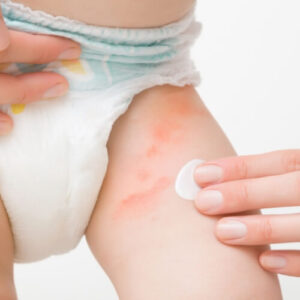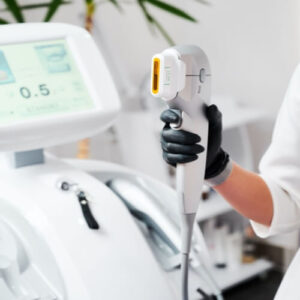What is the normal blood pressure rate according to age?
The normal blood pressure rate according to age is an important issue to be aware of, since blood pressure is one of the important things that can result from an imbalance of many health problems.
Therefore, in this article we will present to you the most important facts about normal blood pressure:
What are the normal blood pressure rates by age?
The following table shows normal blood pressure by age, and also by type:
| the age | Normal blood pressure for women (mm Hg) | Normal blood pressure for men (mm Hg) |
| 19-24 | 120/79 | 120/79 |
| 25-29 | 120/80 | 121/80 |
| 30-35 | 122/81 | 123/82 |
| 36-39 | 123/82 | 124/83 |
| 40-45 | 124/83 | 125/83 |
| 46-49 | 126/84 | 127/84 |
| 50-55 | 129/85 | 128/85 |
| 56-59 | 130/86 | 131/87 |
| 60 and above | 134/84 | 135/88 |
How is blood pressure measured?
Blood pressure is measured in a unit called millimeters of mercury. Normal systolic pressure for middle-aged adults ranges from 90 to 140 mmHg, diastolic pressure is from 60 to 90 mmHg, and the average pressure is 120 mmHg.
When the heart muscle contracts, it pushes blood into the aorta, which expands laterally to allow blood to pass through it, and the blood pressure of the blood vessels it passes through is known as the systolic pressure.
As for diastolic blood pressure, when the heart muscle relaxes, the aorta returns to its normal position, pressing on the blood it contains to ensure the continued flow of blood to the heart, and this condition is known as diastolic pressure.
Factors affecting normal blood pressure
After we explained to you what normal blood pressure is by age, here are the factors that play a role in a normal blood pressure reading, the most prominent of which are:
1. Type
According to the National Institute on Aging, men are more likely to have high blood pressure before age 55, while normal blood pressure in women tends to increase after menopause.
Doctors believe that the hormonal changes that occur in menopausal women are the reason behind the high rates of high blood pressure.
It is known that the estrogen hormone plays an important role in the prevention of arterial diseases, and female hormones help facilitate the expansion of the arteries and improve blood pumping compared to men.
When a woman enters her fifties (and sometimes before), estrogen production decreases significantly, and the risk increases in the presence of other factors, such as lack of movement and weight gain.
2. Aging
With age, the normal blood pressure of the elderly and adults over fifty begins to deviate from its normal range.
Systolic blood pressure tends to increase exponentially with age due to hardening of the arteries (arteriosclerosis) and blood vessels that prevent the passage of blood through the circulatory system throughout the body.
Elevated systolic blood pressure is a major risk factor for heart disease, which means older adults need to be more vigilant about monitoring their blood pressure.
3. Genetic factor
A family history of a blood pressure disorder may increase the risk of developing high blood pressure.
The accepted explanation may be that genetics prepares the climate for this, which in turn leads to an abnormal increase in calcium in the body, which is the main cause of blood pressure.
4. Additional factors
Some of the factors that may affect normal blood pressure depending on age include the following:
- stress and anxiety
- Sitting in a cross-legged position for long periods.
- Eat meals before taking your blood pressure.
- Drink some beverages that contain high levels of caffeine.
- Excessive drinking of alcohol or tobacco.
How do you maintain a normal blood pressure rate?
Here are some tips that will help you maintain a normal blood pressure level depending on age or other factors:
1. Eat a balanced diet
Eat a diet rich in fresh fruits and vegetables, whole grains, nuts and seeds, and sources of lean protein such as fish and beans.
This will contribute to maintaining normal blood pressure and heart health.
Be sure to avoid processed food and red meat, and reduce the amount of sugar and saturated fats.
2. Reduce salt consumption
Excessive salt consumption damages the sodium and potassium balance in the body, increases fluid retention and puts pressure on the kidneys and the blood vessels that serve them.
Foods rich in potassium such as; Potatoes, bananas, avocados, sweet potatoes and green vegetables will help reduce the effects of sodium.
3. Aerobic activity
Be sure to exercise to keep your blood pressure within a normal range.
This is because exercise causes the body to release nitric acid, which helps the blood vessels to dilate and lower blood pressure.
Regular activity also helps in losing weight, lowering bad cholesterol, reducing stress and maintaining a healthy heart.
4. Quit smoking
Smoking increases blood pressure and heart rate and increases the risk of heart attack or stroke, because nicotine causes the arteries to narrow and harden.





